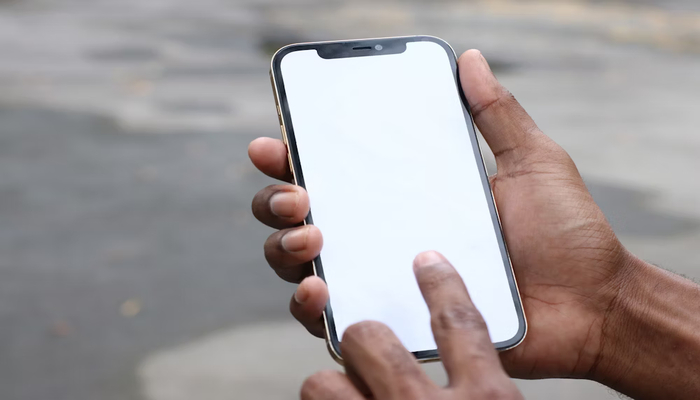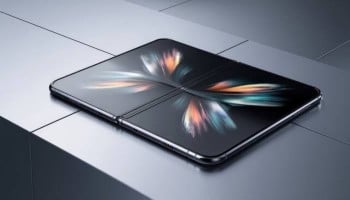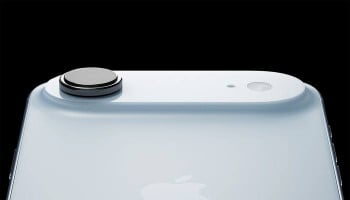
In the ever-evolving world of smartphones, Apple's upcoming iPhone 16 Pro and iPhone 16 Pro Max are making waves with their promise of larger displays.
Recent reports suggest that Apple is employing a new technology "Border Reduction Structure" (BRS) to achieve these expansive displays to make the bezels on the iPhone 16 Pro significantly thinner.
Apple's key suppliers, including LG Display and Samsung Display, are reportedly finding it challenging to meet Apple's stringent production standards.
Read more: Pixel 8a leaks — Google's upcoming mid-ranger specifications
“The iPhone 16 Series OLED utilises Border Reduction Structure (BRS) technology, making the bottom bezel thin. To achieve a thin bezel, the circuit beneath the bezel must be more tightly placed and some wiring must be bent down, increasing the technical complexity. It is understood that no company has stabilised the iPhone OLED production rate to the level Apple expects,” 9to5Mac cited a report from sources.
The reports added that for the iPhone 16 series, Samsung Display is expected to provide all four OLEDs, with LG Display also planning OLED supply for the high-end variants of the lineup, namely Pro and Pro Max.
The issue with the new wiring technique associated with BRS could lead to overheating. However, Apple and its suppliers have addressed this issue through innovative heat-controlled dissipation technologies.
The model will feature larger displays without increasing the overall size of the devices. iPhone 16 Pro will feature a 6.3-inch display, up from 6.1 inches, while the iPhone 16 Pro Max will boast a 6.9-inch display, up from 6.7 inches.
This reduction in bezel size follows the trend set by last year's iPhone 15 Pro and iPhone 15 Pro Max, which also featured smaller borders.















